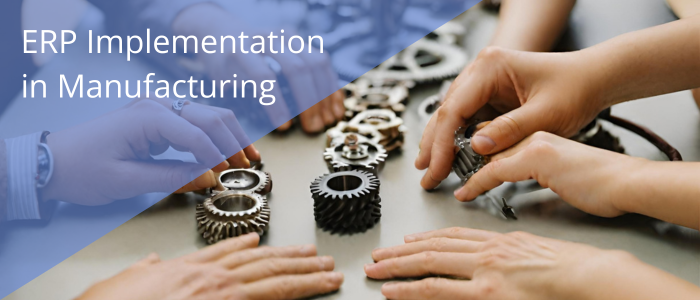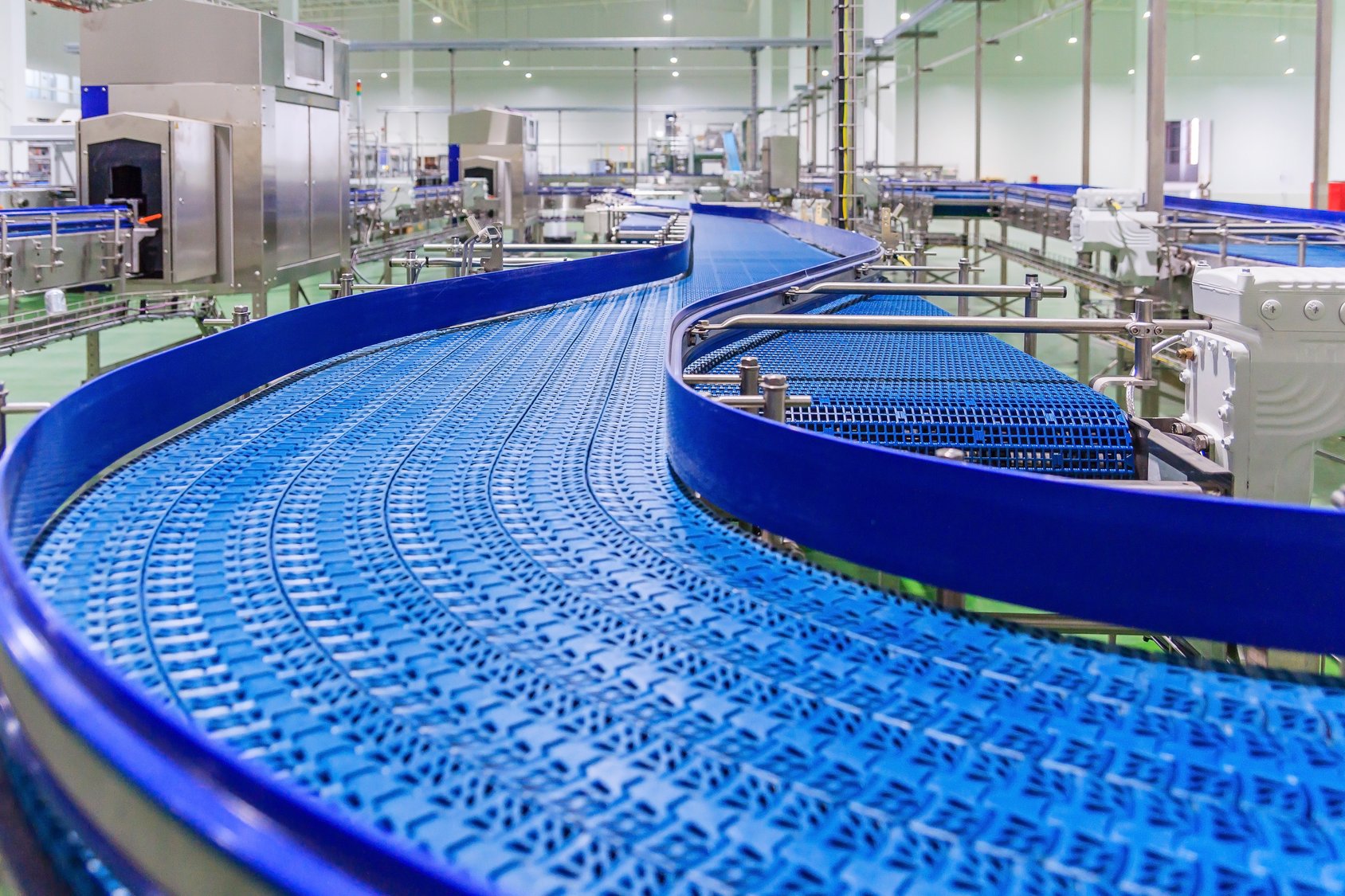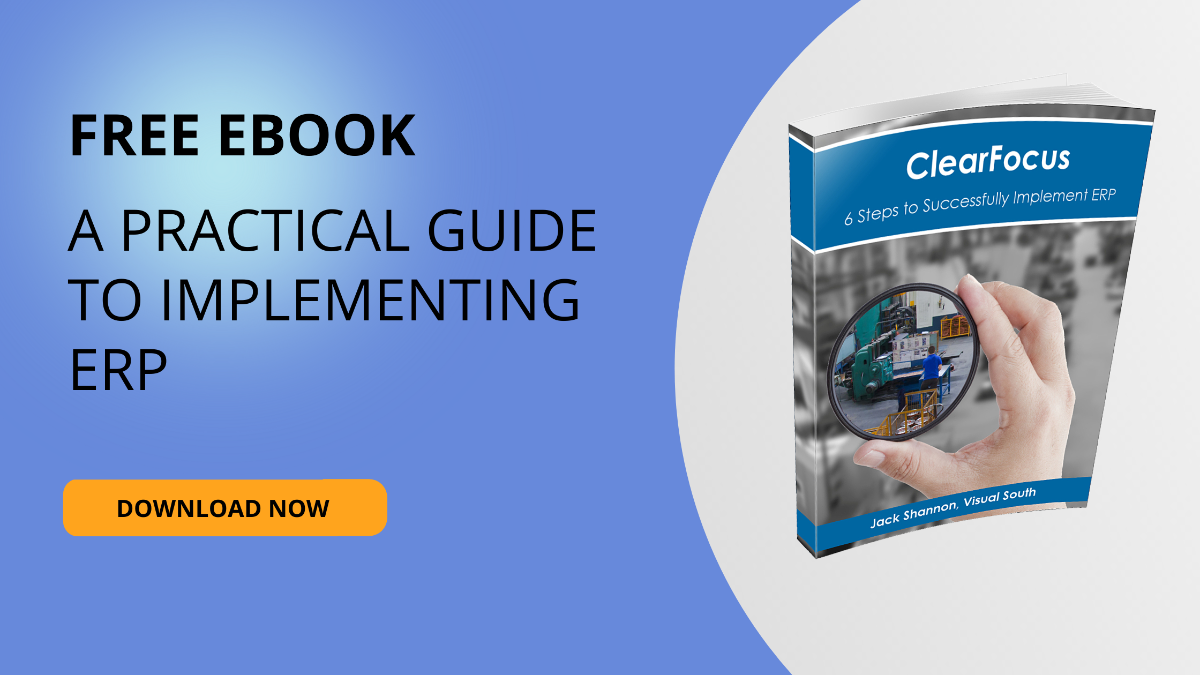
What does it consist of?
An ERP implementation in the manufacturing industry typically consists of two companies—the company that provides implementation services and the company that procures them—working together to successfully bring the ERP implementation live.
Working together is key…
The two companies must work hand in hand for the implementation to be successful. The reason for this is the implementation company must understand the requirements of the manufacturing business and the needs of employees in order to configure the ERP software properly. Combining the knowledge of the business with the knowledge of the software’s capabilities leads to designing new processes that maximally benefit the manufacturing company.
Related: Why Evaluating ERP Implementation Consultants is as Important as Evaluating ERP Software
Related: ERP Implementation Roles & Responsibilities: How to Build Your Team
Functional areas for a manufacturing erp implementation
There is a wide range of functionality that’s typically included with ERP implementations in the manufacturing industry, but some of the most popular areas are:
- Financials, such as accounts receivable, accounts payable, general ledger, cash flow management, fixed assets
- Purchase orders, purchase receipts, receiving inspections
- Inventory management, warehouses, consigned inventory, material movement and logistics, raw materials, finished goods, subassemblies, material requirements planning, physical inventory counts, lot tracking, serial number management, dimensional inventory
- Engineering, bills of material, routings, outside services, integration with CAD systems, engineering change control, quality management, configuration management
- Shop floor scheduling, finite and infinite capacity planning, job tracking, work in process management, efficiency reporting, estimated, actual, and projected costing, labor tracking, material tracking, time and attendance tracking
- Quoting, sales orders, forecasting, shipping, invoicing
- Workflow tracking, event management, collaboration, reporting, business intelligence
Download the 6 step guide to successfully implement ERP
Typical steps of ERP implementations in manufacturing
There is no perfect ERP implementation case study manufacturing companies can follow because of the wide range of implementation methodologies used in the marketplace. The primary driver of these methodologies is to provide structured implementation activities in a roadmap, but the major benefit is a reduction in risk. Implementation risk factors include scope creep, lack of data integrity, lack of sufficient training, and insufficient testing.
Most ERP implementations for a manufacturing company follow these steps:
- Project Initiation: Setting up the infrastructure of the project itself, such as identifying the implementation team, steering committee, project management tools, and reporting mechanisms to monitor progress (or lack thereof). This step also involves a project kickoff where the implementation teams are introduced, and initial project management plans are created and put in place.
- Baseline Training and Data Conversion: This step usually includes getting the team at the manufacturing company a baseline knowledge of the ERP system, so the focus can be on process development versus the software itself when the consultants arrive. Additionally, the initiation of data conversion begins. Companies define where data is and how to access it, and develop a strategy for how to cleanse, format, and transfer it into the new system.
- Process Development and Testing: This step involves the two teams working together to create new processes within the software that meet the manufacturing company’s requirements and needs. Once developed, these processes are tested for their validity.
- End-User Training and Piloting: After testing, the end users are trained on the new processes. Once the end users are properly trained, an integrated test pilot usually takes place to validate the system set up, data, and effectiveness of the end users (for example, whether they need more training).
- Cutover and Go Live: This is the process of bringing over open balances, open orders, and the like from the legacy system to the new system. Once that is accomplished, the new ERP system will go live.
Related:
- Top 10 Things I Wish My ERP Implementation Partner Told Me About
- ERP Implementation Services: What Should Be Provided?
- ERP Implementation Services: What We Do
In conclusion…
Implementing ERP in the manufacturing industry is a challenging accomplishment, but when done correctly, it can reap huge benefits and efficiencies for companies. Additionally, if the scope is managed well, the implementation process creates a platform for continuous improvement within the company going forward. ERP implementation is not the end, it’s the beginning!








